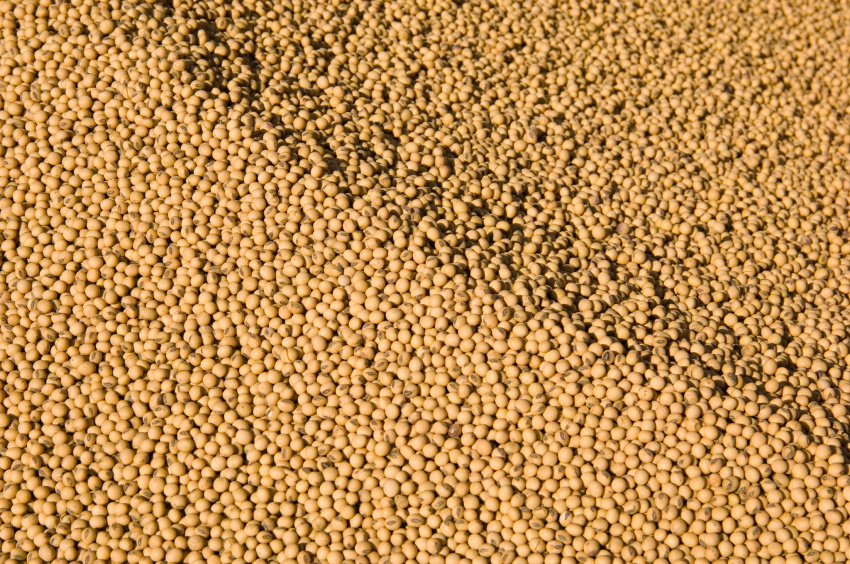Soybean Meal: The One-Stop Solution for Nutrition

Quietly munching, chewing and pecking at their feed across the globe are a wide variety of livestock species. And most of them are consuming soybean meal as a part of their daily ration.
About 60% of all soybean meal produced in the U.S. goes toward feed rations for poultry and swine in the U.S. The remaining 40% is exported, where it contributes U.S. soybean meal’s compositional quality and nutritional value to diets of several other critters on land and in the water around the world.
Soy Meal for Milk Production
U.S. dairy cows, for example, consumed 12.4% of soybean meal in 2018, according to USB Market View Database.
Heather Tucker, a ruminant nutrition scientist at Novus International, said soybean meal is frequently used in dairy cow diets because it’s a highly digestible and affordable source of protein and energy.
“As a protein source, soybeans provide an excellent source of essential amino acids, which is key to good dairy rations,” Tucker said. “It really is an easy choice to supply energy and protein to cows, regardless of the stage of life or production.”
Dairy cows convert amino acids — including those found in soybean meal — into essential nutrients such as protein to build muscle and produce milk. Dairy farmers do turn to alternatives; however, synthetic amino acids are often less cost-effective than soybean meal because the supplements must be designed and processed to pass through rumen during digestion so the amino acids can be fully absorbed in a cow’s small intestine.
“These types of protections add costs to the product, which is often an issue for it being included in the ration,” said Tucker. “With soybean meal’s high protein content and amino acid profile, soy is often the go-to choice to fill the amino acid requirement for cows.”
Feeding the New Frontier of Aquaculture
Fish are another example of a species that benefits from soybean meal added to their diet. In 2018, 15.8 million metric tons of soy products were used in aquaculture feed, according to USB Market View Database.
Soybean meal is also growing in popularity in Asia, with just over 12% of all soybean meal imported by China, Japan, Hong Kong, South Korea and Taiwan dedicated to aquaculture diets. The diets of many freshwater fish such as carp, tilapia and catfish include soybean meal. Marine fish such as shrimp, milkfish and salmonids can also benefit from soybean protein concentrates.
In 2018, U.S. soybean meal fulfilled about 35% of soybean meal used in aquaculture feed worldwide.
Hopping to New Species
But fish aren’t the only water-dwelling creatures enjoying soybean meal in their diets. Frogs in South Vietnam are also benefiting from U.S. soybean meal, according to USSEC. Vietnam is the world’s second-largest frog producer. From 2014 to 2018, frog feed in the country more than doubled, with soybean meal making up about 30-45% of frog feed and helping to optimize the diet.
This unique use for soybean meal represents more opportunities for U.S. soy products to play a role in South Vietnam’s frog industry.
“I raise both soybeans and livestock, so I have a personal appreciation for the concerns of the animal agriculture industry,” said Lewis Bainbridge, soybean farmer from South Dakota and former checkoff farmer-leader. “We know U.S. soybean meal is a nutritious, reliable product. The U.S. soybean industry is committed to providing this abundant supply of feed for all types of livestock worldwide.”



